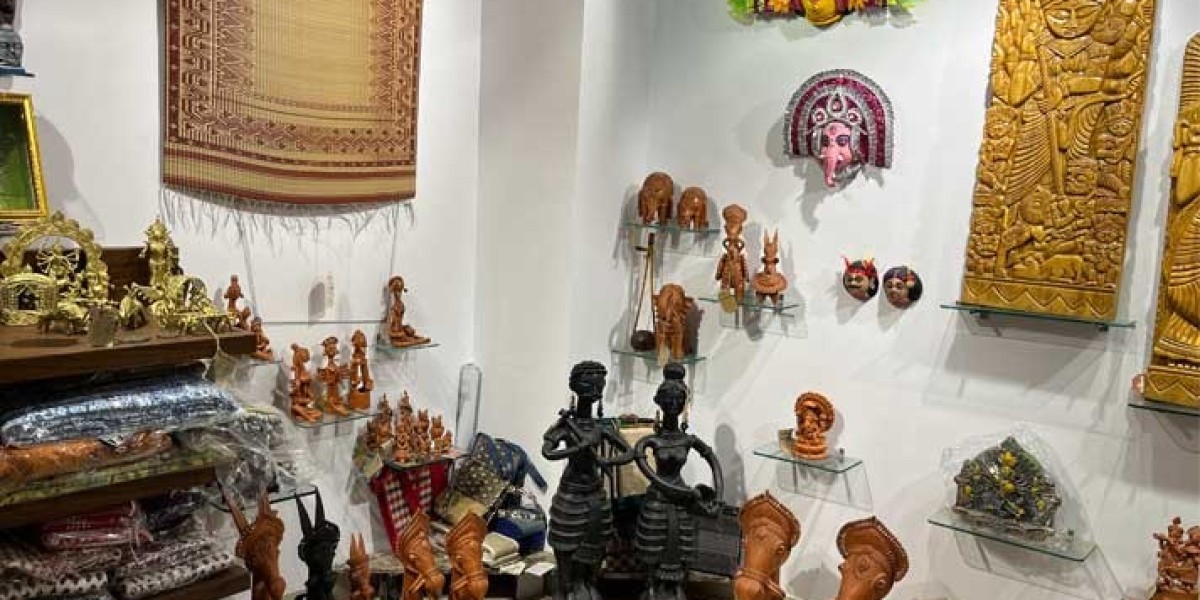Introduction: The Charm of Souvenirs
Traveling across India is not just about exploring majestic monuments or indulging in flavorful cuisines—it is also about carrying home a piece of its culture. For many travelers, stepping into an Indian Souvenir Shop feels like entering a treasure chest. From intricate handicrafts to colorful textiles, each item represents centuries of tradition, craftsmanship, and storytelling. These keepsakes are more than just decorative objects; they embody memories, emotions, and the rich spirit of India.
In this guide, we’ll explore the most meaningful souvenirs that are worth collecting, whether you are a tourist visiting for the first time or a collector seeking authentic treasures.
The Cultural Value of Souvenirs
Souvenirs are not merely objects purchased at the end of a trip. They are tokens of culture, history, and artistry. In India, every region has its signature craft or product—handwoven fabrics, painted pottery, tribal art, or precious jewelry. Collecting them helps preserve traditional skills while providing livelihoods to artisans.
By bringing home a souvenir, you are essentially carrying a story: the weaver’s patience, the potter’s precision, or the painter’s imagination. Each purchase becomes a bridge between modern life and age-old traditions.
Traditional Textiles and Fabrics
1. Banarasi Sarees
Banaras (Varanasi) is world-famous for its luxurious silk sarees. A single saree can take weeks to complete, with zari (gold or silver threads) woven into intricate patterns. Owning one is like holding a piece of India’s textile heritage.
2. Pashmina Shawls
From the valleys of Kashmir, these handwoven shawls are symbols of elegance and warmth. Authentic Pashmina is soft, lightweight, and highly durable, making it a timeless souvenir.
3. Khadi Cotton
Promoted by Mahatma Gandhi as a fabric of self-reliance, Khadi represents simplicity and sustainability. Available in clothes, stoles, and even home décor, it’s a symbol of eco-friendly fashion.
Exquisite Handicrafts
1. Terracotta Figurines
From the famous Bankura horses of Bengal to small clay dolls, terracotta crafts are earthy, affordable, and deeply tied to local traditions.
2. Wooden Toys of Channapatna
These toys from Karnataka, painted with natural dyes, are safe for children and delightful for collectors.
3. Brass and Metal Work
Rajasthan, Uttar Pradesh, and Odisha are known for brass figurines, lamps, and utensils that blend utility with beauty.
Jewelry and Ornaments
1. Silver Tribal Jewelry
Regions like Rajasthan, Nagaland, and Gujarat are renowned for chunky silver jewelry adorned with beads, bells, and motifs. They reflect both culture and personal expression.
2. Temple Jewelry
Originating from Tamil Nadu, temple jewelry was once used to adorn deities. Today, it is prized by classical dancers and collectors worldwide.
3. Semi-Precious Stones
India’s gem markets, especially in Jaipur, offer vibrant stones like amethyst, turquoise, and garnet. These are often set in rings, pendants, or bracelets.
Art and Paintings
1. Madhubani Paintings
From Bihar, Madhubani art is created with natural dyes and depicts folklore, deities, and nature. Each painting is unique, making it a collector’s delight.
2. Patachitra from Odisha
Known for intricate detailing and mythological themes, Patachitra scrolls are painted on cloth using natural pigments.
3. Miniature Paintings of Rajasthan
Depicting royal courts, hunting scenes, and love stories, these delicate artworks showcase the finesse of Rajput and Mughal artistry.
Everyday Souvenirs with Meaning
1. Spices
From Kerala’s black pepper to Kashmiri saffron, spices bring the flavors of India back home. Packaged beautifully, they make both practical and memorable gifts.
2. Tea and Coffee
Darjeeling tea, Assam tea, and Coorg coffee are world-famous. Buying them fresh from plantations or curated stores adds authenticity.
3. Incense and Essential Oils
Used in temples and homes, incense sticks and oils like sandalwood, rose, and jasmine provide a sensory reminder of India’s spiritual atmosphere.
Home Décor and Utility Items
1. Carpets and Rugs
Hand-knotted Kashmiri carpets or dhurries from Rajasthan are both functional and artistic, transforming any living space.
2. Blue Pottery
Unique to Jaipur, blue pottery is non-clay based and decorated with floral patterns. Plates, bowls, and tiles are popular choices.
3. Brass Lamps and Diyas
Traditional oil lamps are often bought during festivals but serve as timeless décor pieces, symbolizing positivity and light.
Why Collecting Souvenirs Matters
Owning souvenirs is not about materialism—it’s about cherishing experiences. Every artifact, fabric, or jewel you take home becomes a conversation starter. Guests may admire a Madhubani painting or ask about your terracotta figurine, leading you to share your travel experiences.
Moreover, supporting local artisans contributes directly to preserving traditional crafts that might otherwise fade away in the age of mass production. It’s a way of giving back to the community while taking something priceless for yourself.
Tips for Buying Souvenirs
1. Check Authenticity
Always look for government-approved handicraft emporiums or certified stores. Authentic souvenirs might cost more but are worth the investment.
2. Learn About the Craft
Ask shopkeepers about the origin and significance of items. This adds meaning to your purchase.
3. Bargain Smartly
In local markets, bargaining is common, but do so respectfully. Remember, artisans deserve fair pay for their skills.
4. Choose Portable Options
If you’re traveling internationally, be mindful of weight and packaging. Opt for smaller yet meaningful items like jewelry, paintings, or scarves.
Conclusion: Carrying India Home
Walking through an Indian Souvenir Shop is like browsing through centuries of heritage compressed into a single space. Every shelf tells a story of craftsmanship, tradition, and emotion. Whether it’s a Banarasi saree, a Pashmina shawl, a piece of tribal jewelry, or a jar of saffron, each treasure you collect holds memories of your journey through India.
Souvenirs are more than objects; they are cultural ambassadors. By collecting them, you don’t just carry home a piece of India—you carry a piece of its soul.






